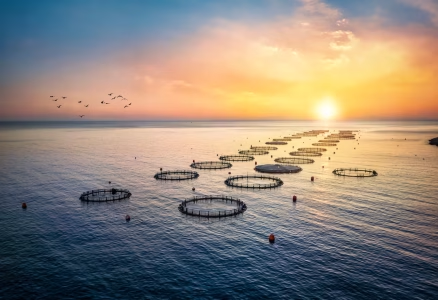In the second half of 2025, global seafood markets may be influenced by macroeconomic pressures and evolving trade dynamics, according to RaboResearch’s analysts Novel Sharma and Gorjan Nikolik in their report.
In the US, elevated tariffs and persistent inflation are expected to constrain consumer purchasing power, potentially prompting exporters to shift their focus toward more stable and receptive markets, such as the EU.
Ongoing uncertainty around US trade policy could continue to weigh on demand expectations, particularly for high value farmed species like salmon and shrimp.
Salmon
Global salmon production is projected to continue expanding, primarily driven by a strong recovery in Chile.
In contrast, Norway may face biological and environmental challenges such as elevated sea temperatures and algal blooms, which could constrain output.
Shrimp
In the shrimp sector, the positive momentum observed earlier in the year may give way to a more cautious production strategy, as producers aim to avoid oversupply conditions that could place downward pressure on prices.
India may reduce stocking activity due to high temperatures, rising input costs, and ongoing tariff uncertainty, while Ecuador’s export growth could slow if US demand weakens under trade pressure.
Feed sector
Amid broader market volatility, the feed sector may provide the aquaculture industry with partial relief from macroeconomic pressures.
Peru’s anchovy quota, the highest in seven years, driven by favorable oceanic conditions, is expected to support strong fish meal and fish oil supply in the second half of 2025.
Although soymeal prices are trending lower, good demand from aquaculture, particularly salmon farming, could help maintain fish meal prices above long-term averages.
This relative stability in feed costs may help offset some of the financial strain from tariffs and softening demand, offering modest support to industry margins in the months ahead.
